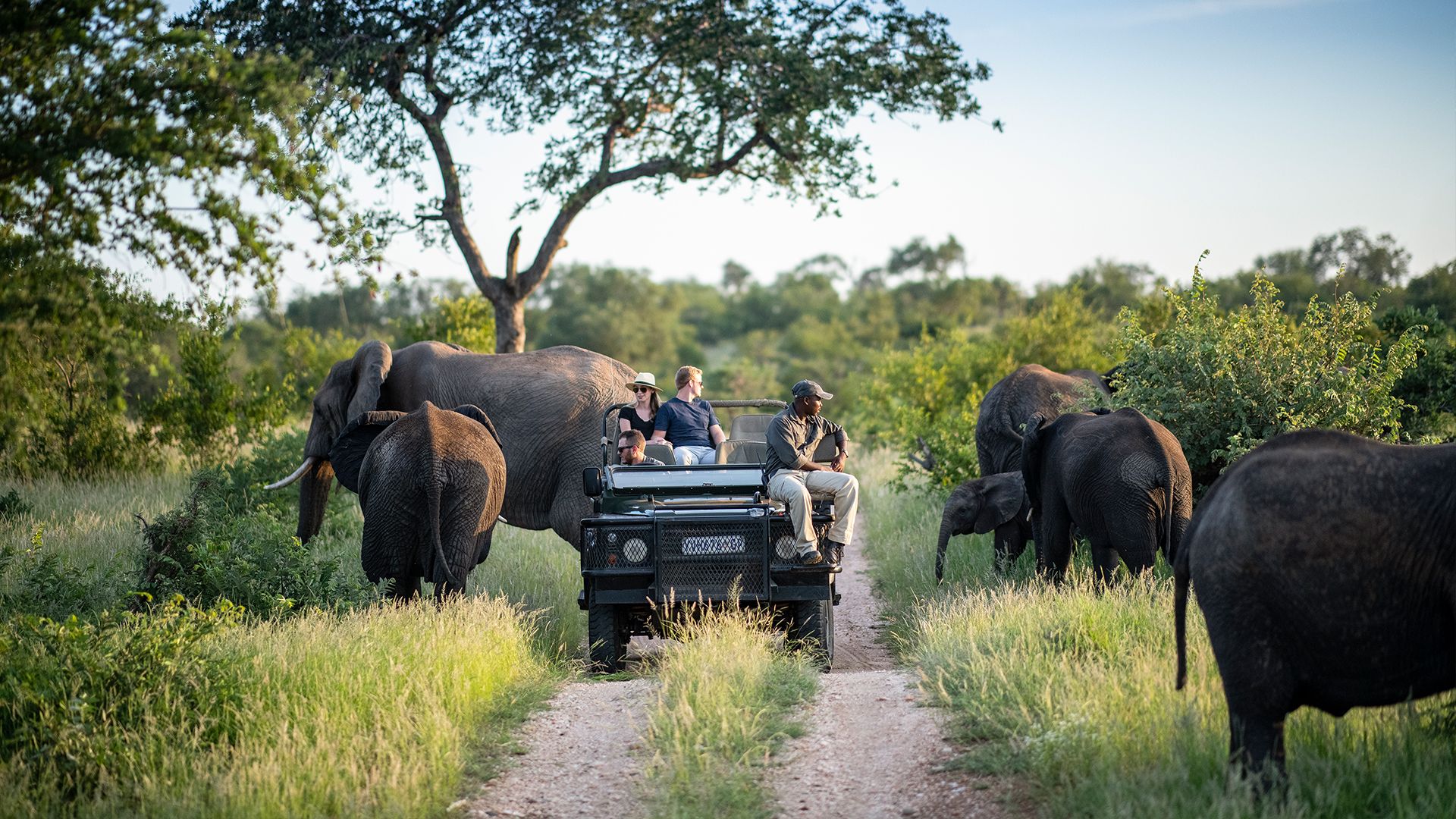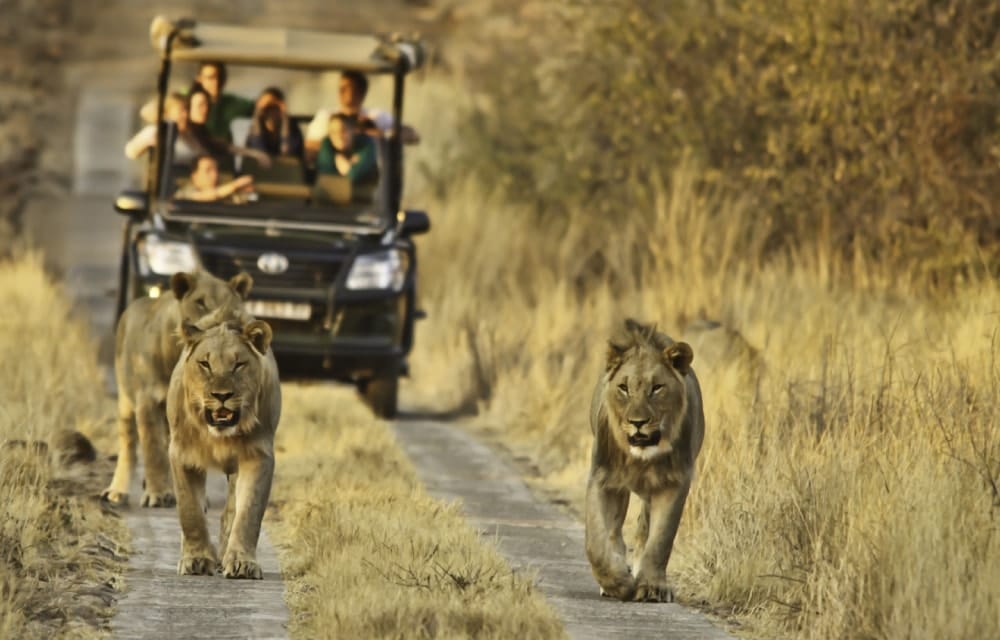Transform Your Safari Dreams into Truth with Kruger Park Safaris
Transform Your Safari Dreams into Truth with Kruger Park Safaris
Blog Article
Discovering the Majestic Wildlife and Scenic Landscapes of Kruger Park Safaris: A Memorable Adventure Waits For
Kruger Park, a foundation of South Africa's natural heritage, uses a detailed tapestry of wild animals and spectacular landscapes, inviting expedition and involvement with its diverse environments. As visitors endeavor right into this large sanctuary, they come across not just the iconic Large 5 however additionally a riches of various other types that improve the park's biodiversity.
Review of Kruger Park
Among South Africa's largest and most renowned game reserves, Kruger National Park covers approximately 19,485 square kilometers in the northeastern area of the nation. Established in 1898, it is a cornerstone of preservation initiatives, showcasing diverse ecosystems that include savannas, woodlands, and riverine forests. The park is home to an outstanding array of wild animals, with over 500 bird types and various mammals, reptiles, and plants, making it a biodiversity hotspot.
Kruger National Park is split into numerous areas, each offering special landscapes and habitats, thus improving wild animals seeing opportunities. Visitors can explore the park via self-drive routes or assisted safaris, permitting an immersive experience in nature. The park's infrastructure consists of well-maintained roads, remainder camps, and barbecue locations, guaranteeing access for all kinds of tourists.
Moreover, Kruger National Park plays an essential function in education and study, adding to global conservation efforts. The park's dedication to sustainable tourist advertises accountable wild animals watching, cultivating a deeper admiration for South Africa's all-natural heritage. With its impressive surroundings and abundant biodiversity, Kruger National forest remains a premier destination for adventure seekers and nature fanatics alike.
The Large Five Experience
Kruger National Park is renowned for supplying site visitors the chance to experience the famous Huge 5, that includes the lion, leopard, elephant, buffalo, and rhinoceros. This distinct chance to observe these magnificent pets in their natural habitat draws wildlife fanatics and adventure hunters from around the globe.
The excitement of finding the Large Five is not merely about the animals themselves yet likewise the context of their atmosphere. Each safari presents a brand-new adventure, as overviews share insights into the habits, environments, and preservation initiatives bordering these types. The evasive leopard, frequently seen relaxing in the trees, showcases the beauty of dexterity and stealth, while the enforcing elephant herd highlights the relevance of social structures within wild animals communities.

The Cape buffalo, recognized for their uncertain nature, includes an aspect of excitement to any type of safari. This immersive experience fosters a deeper gratitude for wildlife and highlights the relevance of preserving these unbelievable creatures for future generations.
Breathtaking Landscapes and Ecosystems
Regularly celebrated for its impressive elegance, the landscapes of Kruger National forest offer a varied tapestry of ecological communities that enhance the safari experience. Spanning almost 2 million hectares, the park is home to a plethora of environments, including savannahs, marshes, timberlands, and rivers. Each ecological community is uniquely interwoven, developing a dynamic setting that sustains an array of plants and animals.
The savannahs, identified by huge grasslands dotted with acacia and baobab trees, provide perfect grazing premises for herbivores like zebras and wildebeests. On the other hand, the dense woodlands and thickets supply sanctuary for predators and smaller types, fostering a rich biodiversity. The park's waterholes and rivers are lifelines for wildlife, attracting a plethora of pets, specifically throughout the completely dry period.
This detailed interplay of environments not only supports the park's renowned wildlife yet likewise provides visitors with spectacular views, from rolling plains to significant rough outcrops. Whether why not find out more going across open savannahs or exploring thick bushveld, the picturesque landscapes of Kruger National Park promise to leave an enduring mark on every safari lover's heart.
Best Times to Go To
Recognizing the most effective times to go to Kruger National Park can considerably enhance the safari experience. Kruger park safaris. The park experiences two primary periods: the completely dry winter season months from May to September and the damp summertime from October to April. Each season supplies special benefits for wild animals viewing and landscape recognition
During the completely dry season, pets gather together around water sources, making wildlife finding more foreseeable. The plant life thins out, offering more clear visibility for sightings of the Huge Five and other types. This period is especially prominent among travelers due to the favorable conditions for game drives and assisted walks.
On the other hand, the wet season, identified by rich landscapes and dynamic vegetation, is optimal for birdwatching lovers. Kruger park safaris. Migratory birds are plentiful, and the park comes to be a place for various avian species. Furthermore, this period marks the birth of several young pets, providing a chance to witness the remarkable dynamics of wildlife communications
Ultimately, the most effective time to go to depends upon individual choices, whether one seeks the ease of wild animals sightings or the appeal of a flowering ecological community. No matter the season, Kruger National Park assures an unforgettable adventure for all that venture into its wild welcome.
Safari Tips and Standards

Consider the moment of year when intending your safari. The dry period, from May to September, typically provides far better wild animals seeing chances. Dress in neutral colors to mix into the environment, and stay clear of showy or bright clothes that may stun pets.
Pack essentials such as binoculars, a video camera, check my reference sunscreen, and insect repellent. Staying hydrated is vital-- lug enough water for your team. Furthermore, bear in mind the park's wildlife; observe from a range and never ever attempt to feed or prompt animals, as this can modify their natural behavior.
Involve with knowledgeable overviews, who provide very get more useful understandings and boost your understanding of the ecological community. Finally, method your safari with persistence and an open heart, enabling spontaneous minutes that will certainly develop extraordinary memories in this splendid landscape.
Final Thought
In conclusion, Kruger Park provides an unmatched possibility to engage with diverse wildlife and impressive landscapes. With cautious preparation and adherence to standards, an adventure in Kruger Park promises to be both enhancing and remarkable for all that embark on this journey.
Kruger Park, a keystone of South Africa's all-natural heritage, provides an elaborate tapestry of wildlife and awesome landscapes, welcoming exploration and engagement with its varied environments.Kruger National Park is divided right into various areas, each offering one-of-a-kind landscapes and habitats, therefore enhancing wildlife viewing possibilities. The park's waterholes and rivers are lifelines for wild animals, bring in a variety of animals, specifically throughout the dry season.
Additionally, be conscious of the park's wildlife; observe from a distance and never ever attempt to feed or prompt animals, as this can change their natural actions.

Report this page